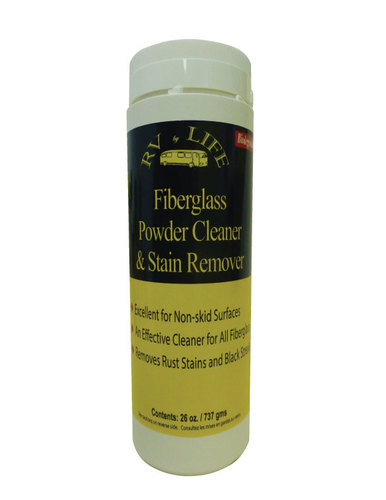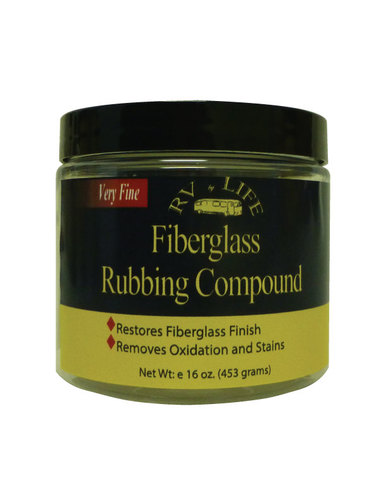
When you first bought your RV, it was a shining,
newly-minted monument to your freedom. But as time goes on, age starts to seep
in. Nowhere is that more obvious than when your RV fiberglass begins to
oxidize. Not only is it unsightly, but it can be bad for the health of your RV—and
it needs to be addressed sooner rather than later. Here’s everything you need
to know about how to deoxidize RV fiberglass.
What is Fiberglass Oxidation?
If you’ve worked with a fiberglass gel coat before, you’ll
already know what this means. Essentially, this is discoloration of the gel
coat. For the unfamiliar, a fiberglass gel coat is the finish on your
fiberglass, usually based on an epoxy. To restore the luster of your
fiberglass, you’ll have to restore the gel coat to its full quality. If the gel
coat is too far gone, you may need to consult a professional.
Removing Oxidation From
The Gel Coat

Removing oxidation requires paying attention to the gel
coat. In some cases, you may need to remove the gel coat completely—but you may
also find that some specialized products may be able to do more for your
fiberglass than you imagined.
The old soap-and-water trick won’t work here. Instead,
you’ll need something more akin to a powder cleaner—something with more heft
that will work to remove oxidation stains as well as scuffmarks and black
streaks. And it has to do it all without scratching the underlying fiberglass,
which is always a concern when you’re doing deep cleaning on the surface of
your RV. Our Fiberglass
Powder Cleaner & Stain Remover is your best bet here.
Using this stain remover will help you deep-clean the gel
coat without grating away at the coat itself. If you use something too
abrasive, you’ll wear away at the coat and will only have to replace the gel
coat for future use.
Use The Right
Fiberglass Cleaner to Deoxidize RV Fiberglass
We recommend an electric buffer, as it has the power needed
to wear away at oxidation. Doing it by hand is only going to wear you out
without the same level of effectiveness.
Buffing on a fiberglass cleaner isn’t anything new to you.
Feel free to take frequent breaks if your wrists wear out, especially if you
have a lot of boat to cover.

But what happens if you’re done with the buffing and you still notice stains in the fiberglass?
You may have to get a step further with Fiberglass
Rubbing Compound. Although it’s a light grit, you’ll still want to be
judicious in your application with this rubbing compound. But it’s important
not to work a stain so hard that you do damage to the underlying fiberglass. If
you find yourself unable to thread that needle, that’s when it’s time to bring
in a professional.
Why not start with Rubbing Compound from the very beginning?
Because even though the grit is light, it’s still a somewhat abrasive way to
clean your RV. If you can remove oxidation first without using rubbing
compound, great. If not, at least you’ll know that you need to move to the next
step.
More Ways To Care For
Your RV
When it comes to oxidation, it’s always better to opt for
prevention rather than cure. Make sure you browse our RV cleaners and waxes to keep
your fiberglass secure with as little oxidation as possible. Your wrists will
thank you for it.

